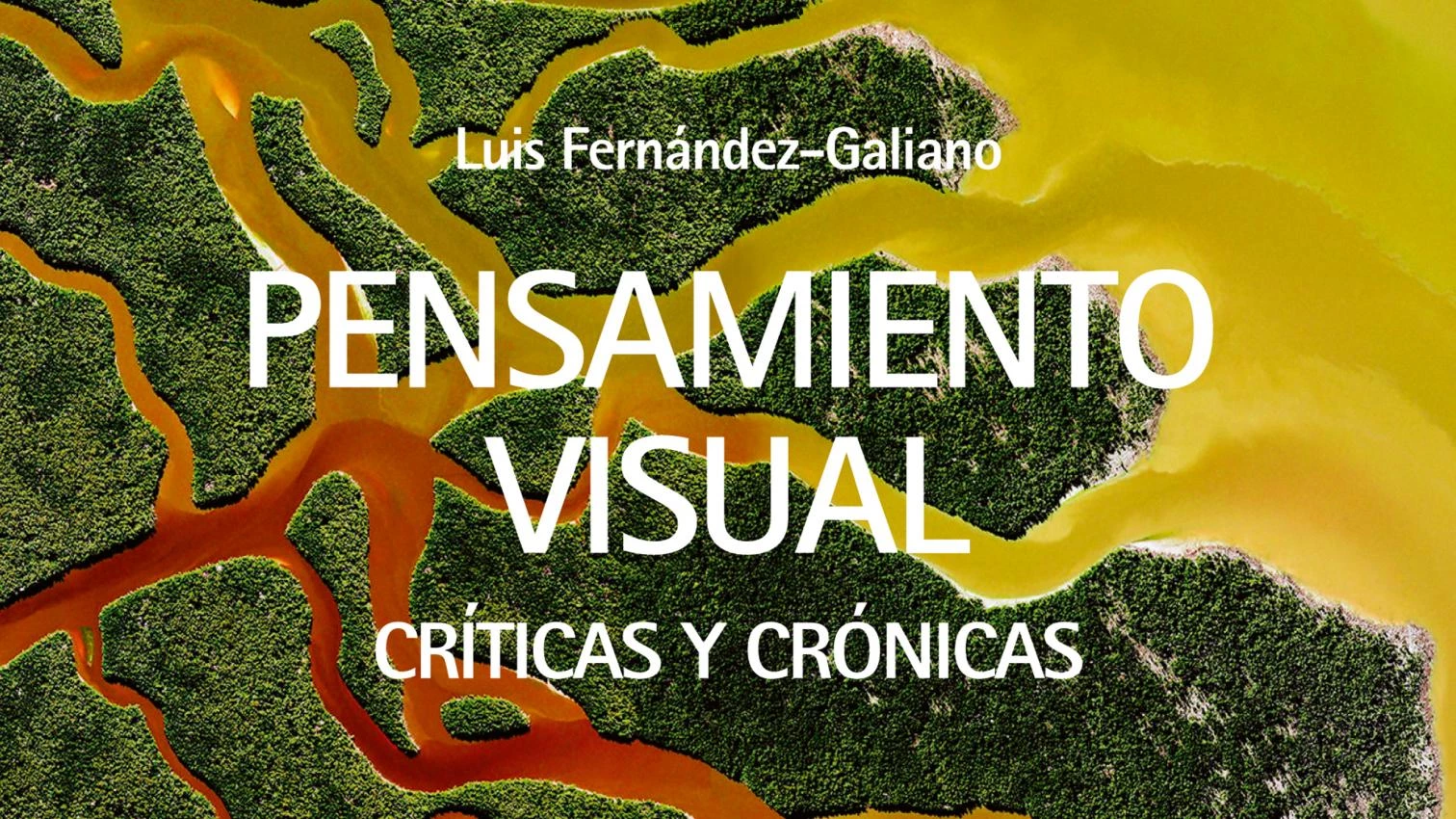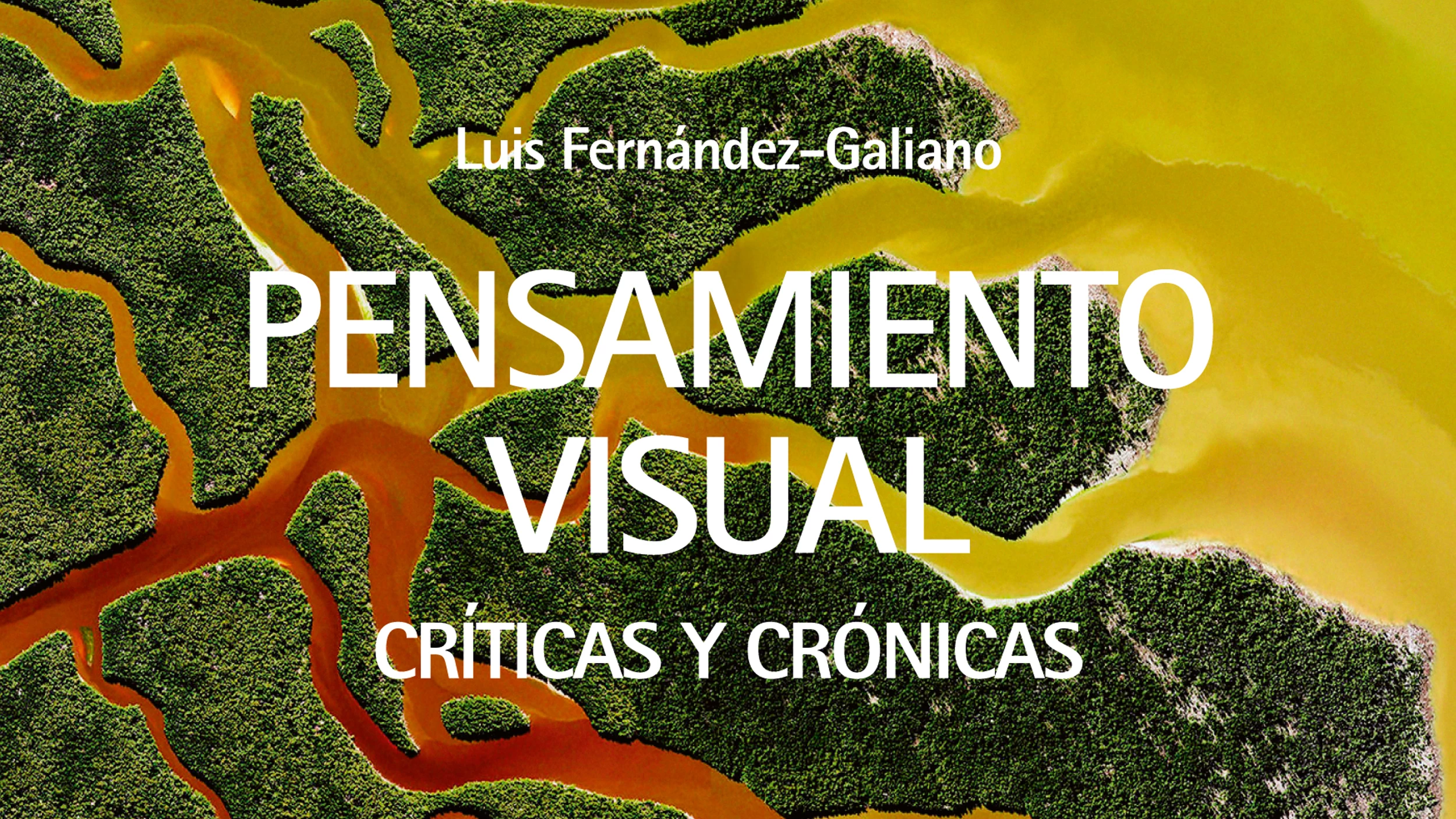
A species in extinction, a fragile koala still existing even though the ecosystems it thrived in no longer do, architecture criticism has for a while now been facing the question of how to die. Some part of it will take leave of us discreetly, bequeathing its spirit to different formats; another will exit with moaning; and the best will fade away with dignity through the ‘funeral of memory’ that John Ruskin expected of ‘living’ architecture.
It may seem early or macabre, but one cannot help thinking that the texts published since 2019 by today’s best architecture critic – first in his two pairs of extensive volumes, Años alejandrinos and Las grandes esperanzas, later in thirty-six booklets organized in four thematic series – are in and of themselves something like a magnificent, elegant funeral of certain critical tradition.
Magnificent in its roll-out of themes and times of architecture that Luis Fernández-Galiano has scanned with such precision, to the point that anyone examining the series cannot fail to see an intellectual monument destined to endure as a portrait of an epoch. And elegant because this monument – though of course the result of personal interests, of a way of viewing the world and architecture – takes the theoretically aseptic form of a kaleidoscopic scrutiny of issues and problems arranged by conceptual affinity. But this his impression of objectivity only lasts what it takes for the reader to realize that the assemblage of fragments, as in the story of Borges, paints nothing other than the face of their author.
Of the thirty-six small books that Fernández-Galiano has crafted with great insight and with his experience as editor of Arquitectura Viva, critic of El País, and lecturer, we choose to highlight a selection of texts of diverse provenance whose throughline would be the mechanisms of mediation and what with his ever accurate terminology he calls ‘symbolic economy’: the ways in which architecture is conveyed and disseminated. This thread sews together four sections devoted first to listing a canon of books, magazines, exhibitions, films, and architectural photographs of the past fifty years; then exploring architecture publishing in its iconoclastic and visual versions (Albertian and Palladian); later examining the milestones of reflection on the discipline; and finally illustrating the practice of criticism through assorted articles covering fifty years of architecture in and outside Spain.
In the compendium, which inevitably – to again use a reference to Borges, so beloved by Fernández-Galiano – has something of an at once chaotic and logical Chinese encyclopedia about it, there is a theme that gives coherence to the ensemble as well as a title for the book, ‘visual thinking,’ a concept that has likewise been taken as title for this issue of Arquitectura Viva, for not without reason is it among the essential categories the author has worked with since the start of his career.
Fernández-Galiano, like Le Corbusier before him, believes that architects are necessarily voyeurs who operate with images better than with words, and think that the destiny of buildings is to endure visually. This may sound strange coming from someone who has a command of words like few do, from a great essayist who has built his treasure of verbal imagery through passionate perusal of poets of many tongues. But the feeling dissipates once the reader sees that the most peculiar characteristics of his writing – Orteguian clarity, precision of detail, metaphorical conceptism, search for Pythagorean order – are but echoes of a visual thought process that is more profound than words: a thinking that delimits forms, establishes associations, and creates harmonies with images, images, and images. Kant spoke of the ‘hand that thinks’; the eye of Luis Fernández-Galiano is not only an eye that sees, but also an eye that writes.







